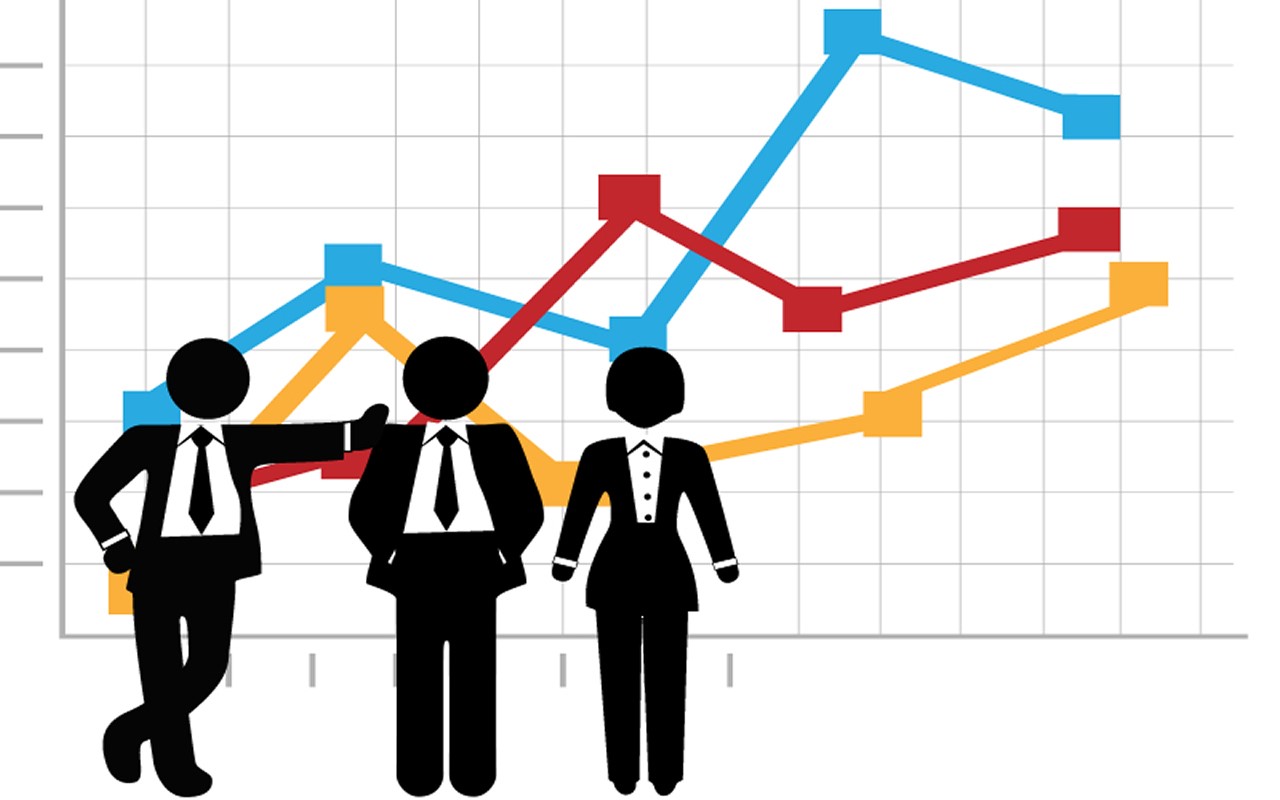Can you invest in times of crisis?
“The last 12 months have been chaotic in economic and financial matters. Right in the middle of 2020, we are experiencing one of the worst health crises in history and the most serious economic debacle in practically the last 100 years,” said economist Guillermo Beard a few weeks ago … and he’s right, although today, it seems that for now that does not seem to worry the taxpayer too much … for now.
And it is in this scenario in which it is even more important to choose well our investments in the markets. If our choices are correct, we can take advantage of the current economic catastrophe to generate significant capital gains in the future. If we are wrong in our decisions … we better not think about it.
But where to invest in times of crisis? We have been publishing various recommendations on these pages answering this question. Today we will see what the mentioned Beard considers:
The fear of losing and the ambition to earn as much as possible are the main ones responsible for giving investors the push to buy or sell different financial assets: when they are afraid, they buy the assets that act as safe havens of value. When they are ambitious and feel secure, they buy the highest risk and highest earning potential instruments.
Shelter assets are those that even in the worst scenarios will help us win or at least not lose. In this category are for example AAA-rated bonds, reserve currencies in liquid form (dollar, euro, yen, pound sterling, Swiss franc), gold, etc.
The emotion that causes its rise is fear.
On the other hand, risk assets do not offer any guarantee of safe returns. The bet with them is to win through speculation, that is, buying low and selling high. Here we find the currencies of emerging countries, their stock markets, “junk” bonds, cryptocurrencies, etc.
The excitement that makes them climb is ambition.
With this in mind, it is easier to explain and understand why it is so important to follow daily the prices of the indices of the stock exchanges, raw materials, bonds, etc., and above all, anticipate the demand for assets that will appreciate more in the future.
You want to buy instruments that are relatively cheap today but will be appreciated in our favor later.
To illustrate this, let’s remember how fear of the coronavirus and the great confinement brought the US stock index S&P 500 down from 3,386 points in February to bottom at 2,237.40 in March. Since then, the hope of a quick recovery in the form of a “V” led to an irrational optimism that made him erase what was lost.
However, the economic reopening in Europe and the United States is bringing a logical outbreak of Covid-19 that is starting to change the mood towards fear and pessimism again, which could bring down financial markets again.
For its part, gold was not without downward pressures, but its decline was only a temporary correction from which it has recovered since March to continue its bullish streak that it has maintained since 2015 … and that will continue.
The climate of uncertainty is returning to the world and it is not ruled out that the pessimism that we had until just a few weeks ago will return.
This, then, is one of those situations we alluded to above: safe-haven assets are the place to be when it comes to investment right now. After the apparent calm, a new phase of the economic storm will be felt.



